The KiNRG Team
We hear a lot about clean energy and green technology these days. But what is clean energy, really, and what are the best clean energy sources?
Clean energy can come from many traditional sources, but there’s a new source of green energy that has recently been making waves and which promises to change the face of green technology for good.
What Is Clean Energy And The KiNRG Downdraft Energy Tower?
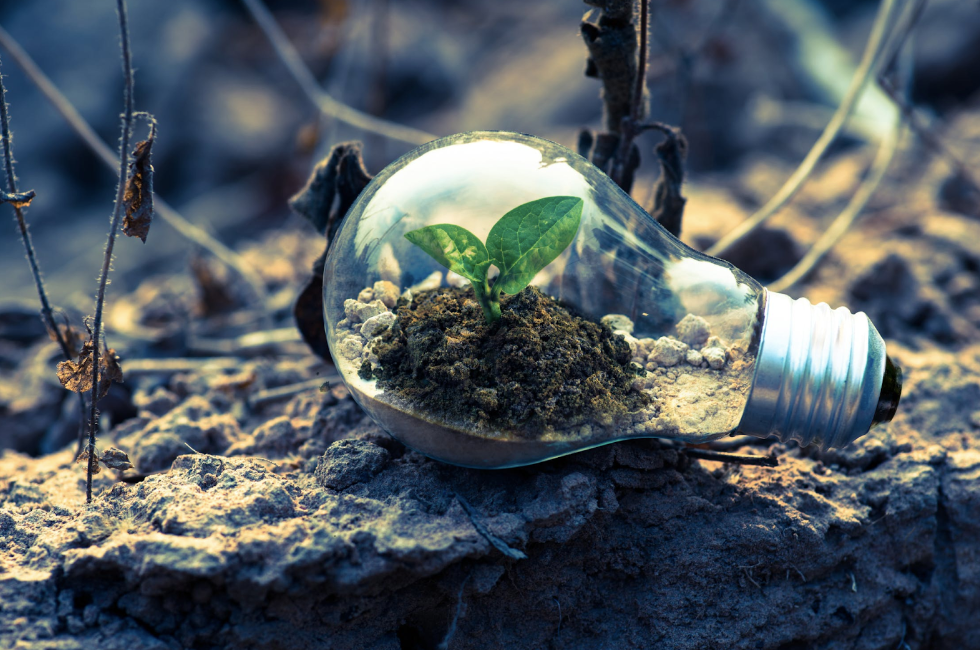
KiNRG is proud to be the innovator of the Downdraft Energy Tower. The Downdraft Energy Tower is the only hybrid clean energy source on the market to date.
This Downdraft Tower integrates numerous innovative technologies to economically generate an abundance of carbon-neutral energy. This is a bold new clean energy technology that helps keep the world carbon neutral and will provide an abundant source of green electricity to industries, utilities, and government entities.
The Downdraft Tower stands alone amongst other green energy sources because it can:
- Work 24/7 without the help of sun or wind
- Provide both direct current (DC) and alternating current (AC) energy
- Produce green energy at an equal or lesser cost than traditional energy sources
But what other types of green energy sources are available? Take a look.
Solar panels
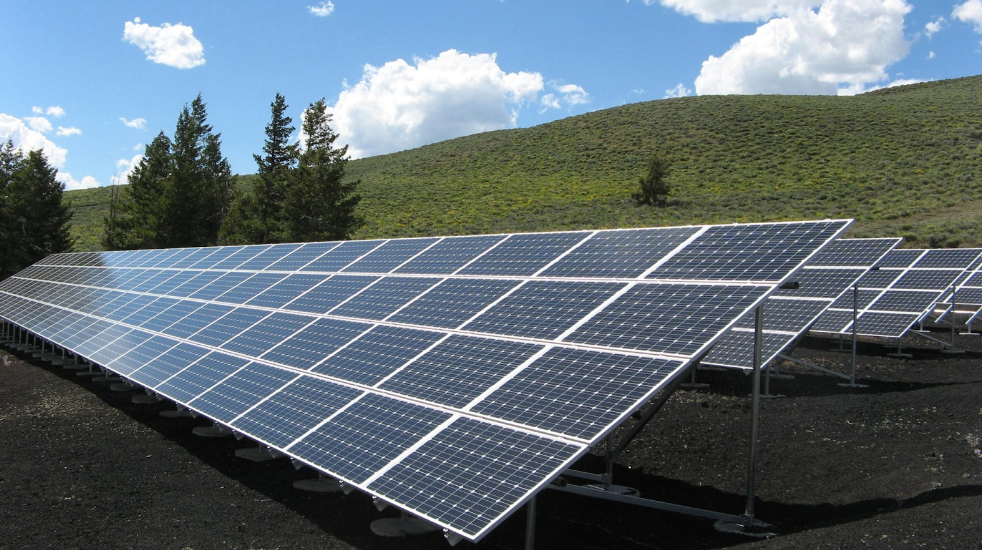
When you ask yourself “what is clean energy”, you likely think immediately of solar panels. Solar panels are one of the most popular forms of green energy and are generally used in homes. Of course, these forms of carbon-neutral energy sources can also be found on commercial buildings, schools, and utility companies.
Solar panels generate electricity using sunlight and can be used to power appliances, water heaters, and even swimming pools.
When you choose solar panels for your home or business as a source of carbon-neutral energy, you’ll typically need to install a solar panel system that includes a set of panels (often called “modules”) connected together by wiring systems from the manufacturer (like SunPower).
These systems generally come with an inverter that will convert the direct current (DC) produced by your solar panel into usable alternating current (AC) so you can use it in your home or office.
Wind Turbines
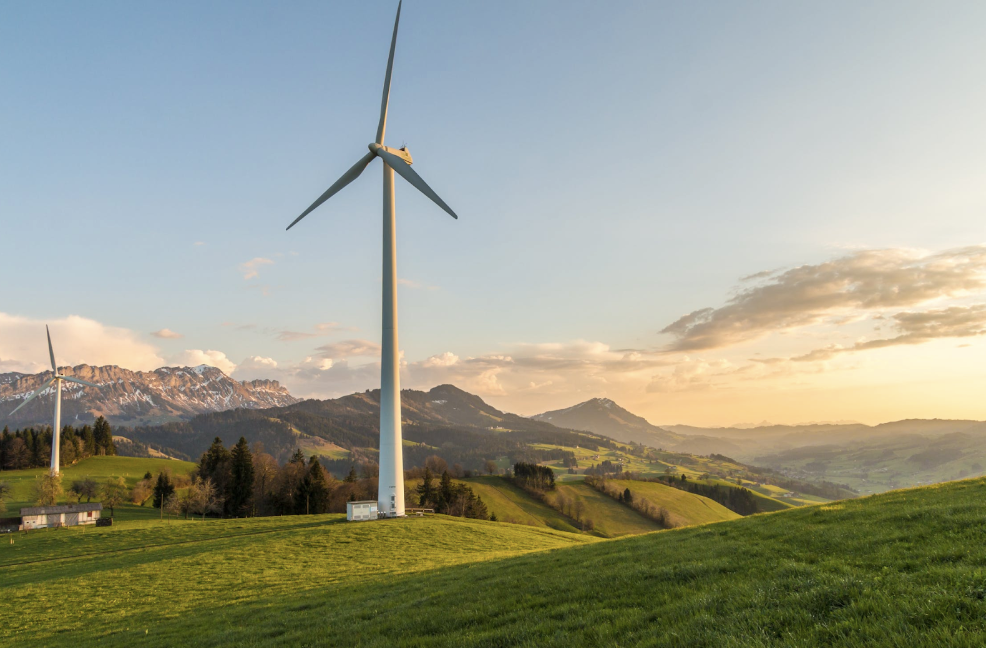
Wind turbines are another source of green energy or carbon-neutral energy you’ll likely think of when looking into “what is clean energy?”. Wind turbines are large vertical blades that are used to harness wind energy.
The amount of power produced by a wind turbine is directly proportional to the velocity of wind passing through its rotor disk and one kilowatt-hour of electricity can be generated when winds reach at least 3.5 miles per hour.
Wind turbines can be used to generate green electricity, which can then be used in homes or sold back to utility companies in certain locations where they are permitted by law.
Wind energy has many benefits, including being a carbon-neutral energy source with no emissions or other negative side effects on the environment. However, wind energy also has several drawbacks as well as limitations for use around residential areas.
The noise level and visual aspect can make wind turbines undesirable when built in close proximity to neighborhoods. Furthermore, the construction of these towers and blades often requires regular maintenance which means that they must be shut down periodically – hence making them less efficient than other types of green energy solutions.
For this reason, many people are looking for alternative green energy sources, and this is where our downdraft tower can come into play. But more on that further down.
Geothermal Energy
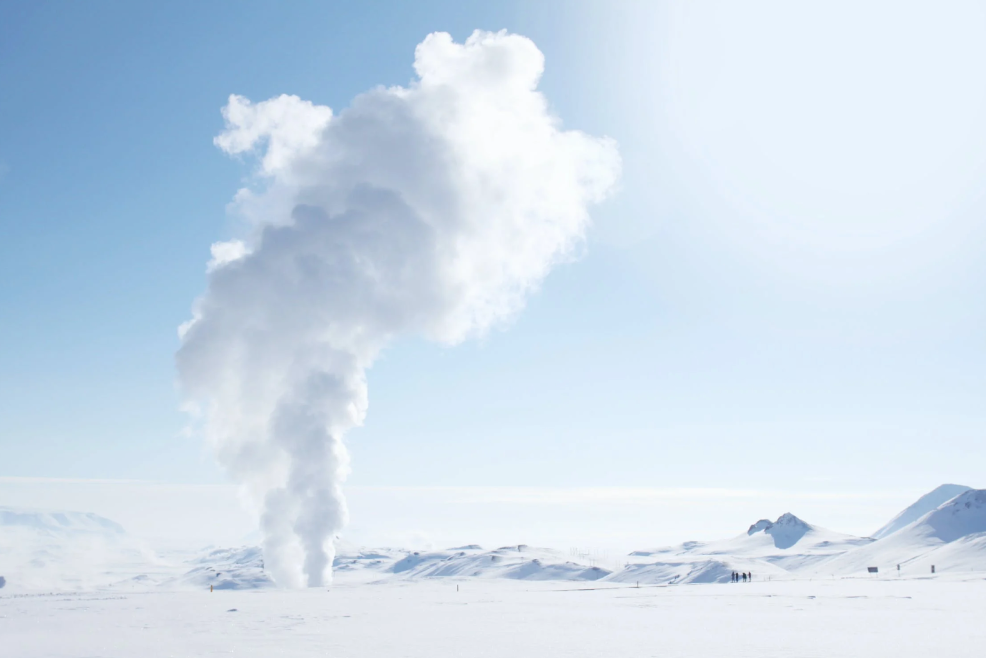
What are clean energy and geothermal energy? Geothermal energy has been used for centuries as a source of carbon-neutral heat. Geothermal energy is one of the oldest sources of green energy, dating back to at least Roman times.
Geothermal energy is a clean, renewable and sustainable green energy source because it uses natural resources such as volcanic vents and hot springs to generate green electricity. No poisonous gasses or other pollutants are produced during the process, making geothermal plants very eco-friendly.
Even though the Earth’s surface temperature averages approximately 15 degrees Celsius (59 degrees Fahrenheit), there are large areas under Earth’s crust that reach temperatures far higher than this due to radioactive decay deep within its core.
These hot spots can be tapped for geothermal power generation by drilling wells into hot rock formations where water is heated by radioactivity in these rocks—called hydrothermal reservoirs—and then using this hot water as an energy source for steam turbines that generate electricity via conventional methods.
Hydroelectric Power
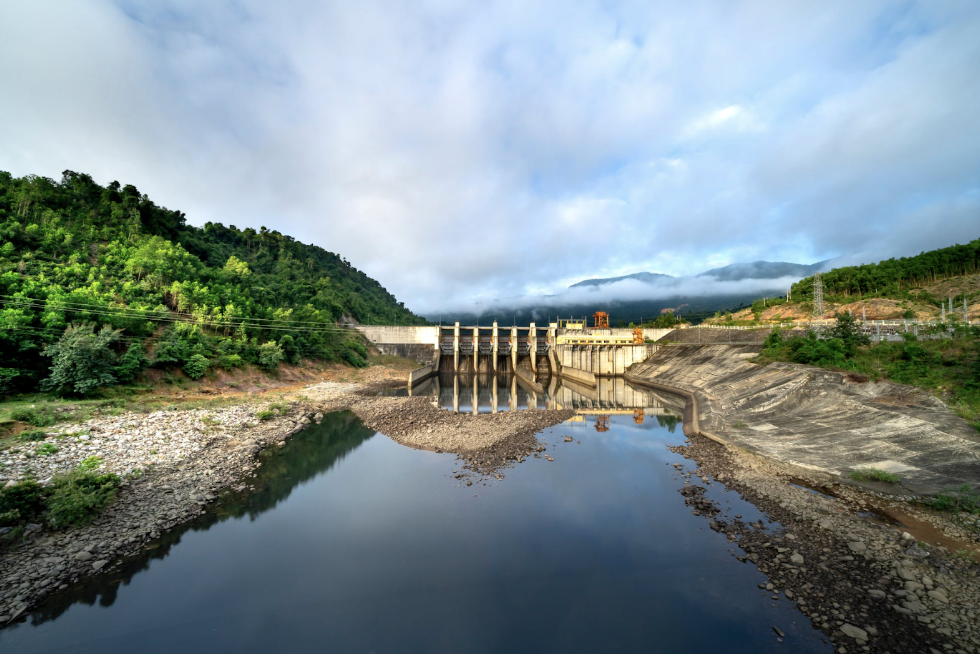
What is clean energy through the traditional use of hydroelectric power? Hydroelectric power is created through the use of a dam, which blocks a river and stores water behind it. The stored water causes pressure to build up in the reservoir behind the dam. That pressure turns turbines inside generators that create electricity. This process works by taking advantage of moving water’s kinetic energy—the energy found in moving objects.
Hydroelectric power can be used consistently, so it’s often used as an alternative to traditional sources of energy such as coal and natural gas. Hydroelectric power also produces no emissions during operation or maintenance, making it an attractive option for reducing carbon emissions worldwide.
However, building dams has significant environmental impacts on land use (through flooding), and the loss of habitat for plants and animals living near rivers where dams are located (due to removal necessary for construction).
It also has an impact on recreational opportunities like fishing downstream from these dams (because they raise water levels), and potential changes in weather patterns caused by upstream storage reservoirs being held back by dams, which may result in less rainfall downstream resulting in less evaporation.
Erosion has also been discovered when using hydroelectric power due to increased runoff caused by higher volumes flowing during periods when they normally wouldn’t have been able compared with normal conditions prior.
So, What Is The Best Source For Clean Energy? Here’s The Bottom Line
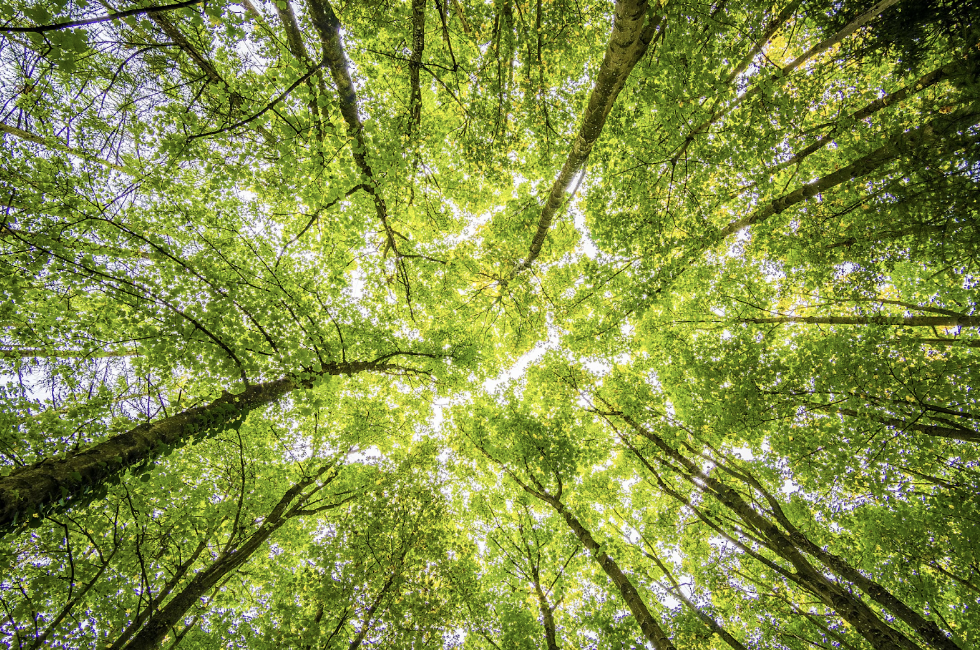
When you ask yourself “what is clean energy”, you should also ask yourself “where does clean energy come from?”.
Clean energy can come from many sources, and the above examples are just a few carbon-neutral energy sources available. Others include hydrogen fuel sources, renewable fuel sources such as biofuel, and even nuclear energy.
However, there are drawbacks to most green energy sources, which is why KiNRG is excited to offer a clean energy source that not only impacts the environment in a positive way, but saves money, is less cumbersome to the public, and is more efficient overall.
Curious to learn more about KiNRG, clean energy, and our Downdraft Towers? Visit us online at KiNRG.com
